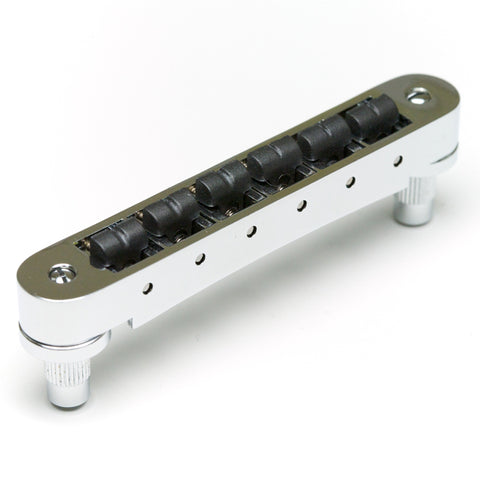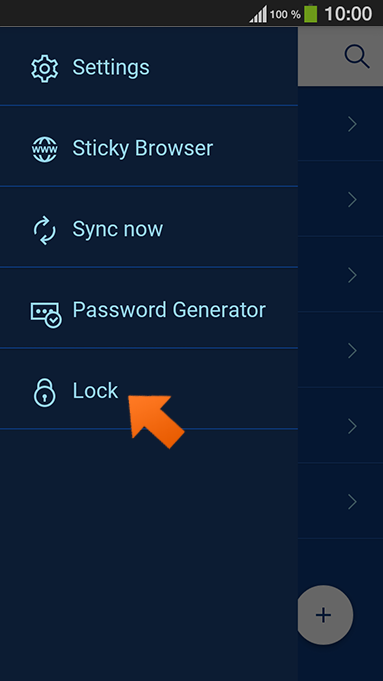


Another complication to the brute force concept. I have come across at least one case where codes where designed to be entered one after another, if you did things in the wrong order follow up codes would be rejected. Meaning one needs to run a brute force multiple times, at least once for each mode. That said, the different diagnostic modes complicate the situation. That can be everything from developer messages on the CAN through a forced boot loader mode - neither of those are actually relevant for our purposes.

Sometime the code itself will switch something on/off (similar to older cruise control activation/deactivation). However, what if the module doesn't do adaptation at all or if there are no obvious changes once you enter a code? As I wrote, codes aren't all about enabling functions indirectly (i.e. What it boils down to, if you have adaptation channels that are blocked - that's a dead giveaway for a function behind a certain code. I've been running brute force scenarios similar to what spacewalker has described for a few years and even though the process comes up with numbers it doesn't mean you can make much sense from those numbers. In addition some codes only work when you're actually in special modes, none of these are usually relevant for vehicle repair related functions. A code can do anything between enabling access to special diagnostic modes (like flashing) or adaptation channels, coding etc. The exact number is determined by the vehicle manufacturers specifications, that are then sent to the control module supplier and implemented during development. A control module can have anywhere between 0 and a gazillion possible security access codes (or logins for that matter).


 0 kommentar(er)
0 kommentar(er)
